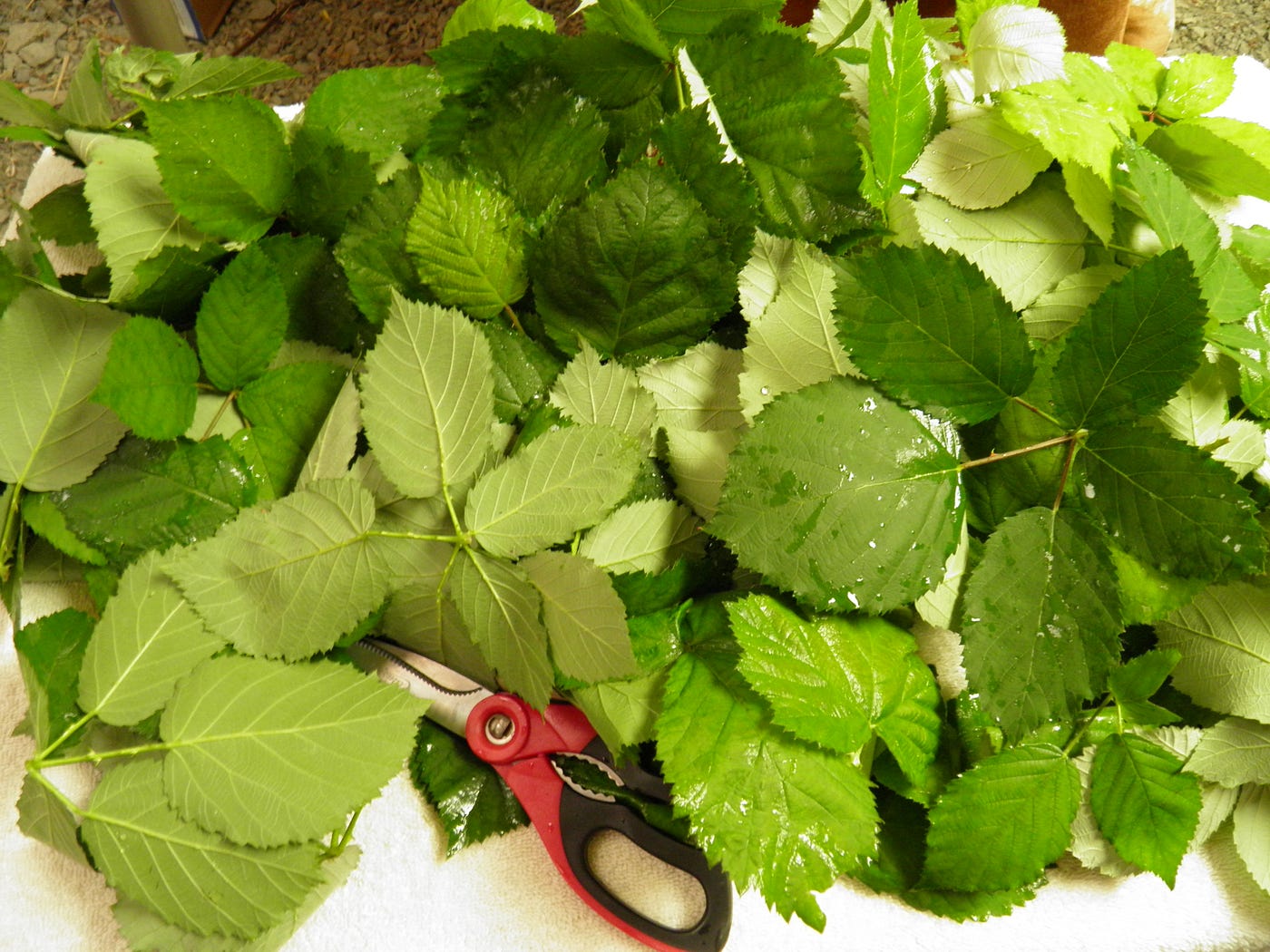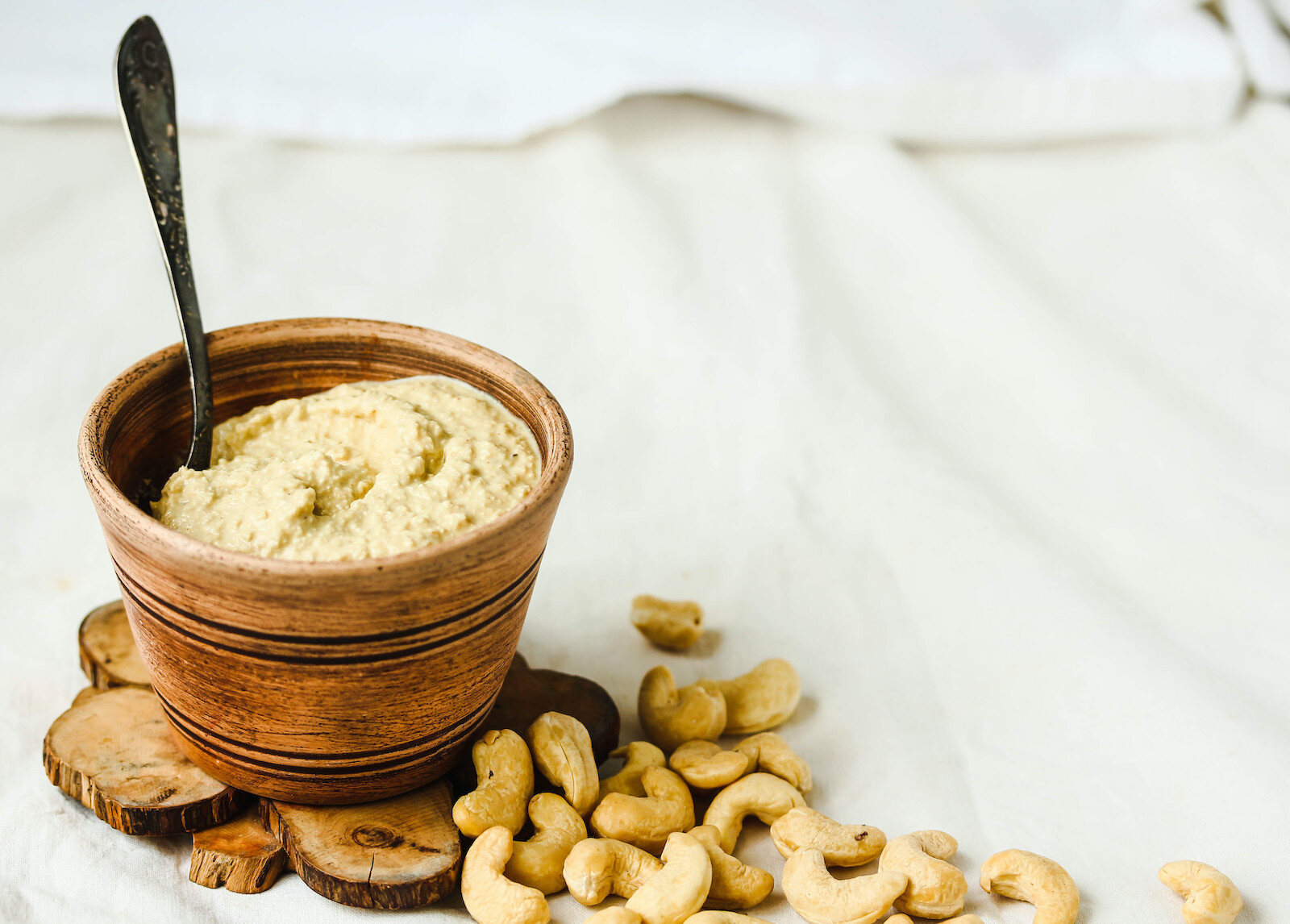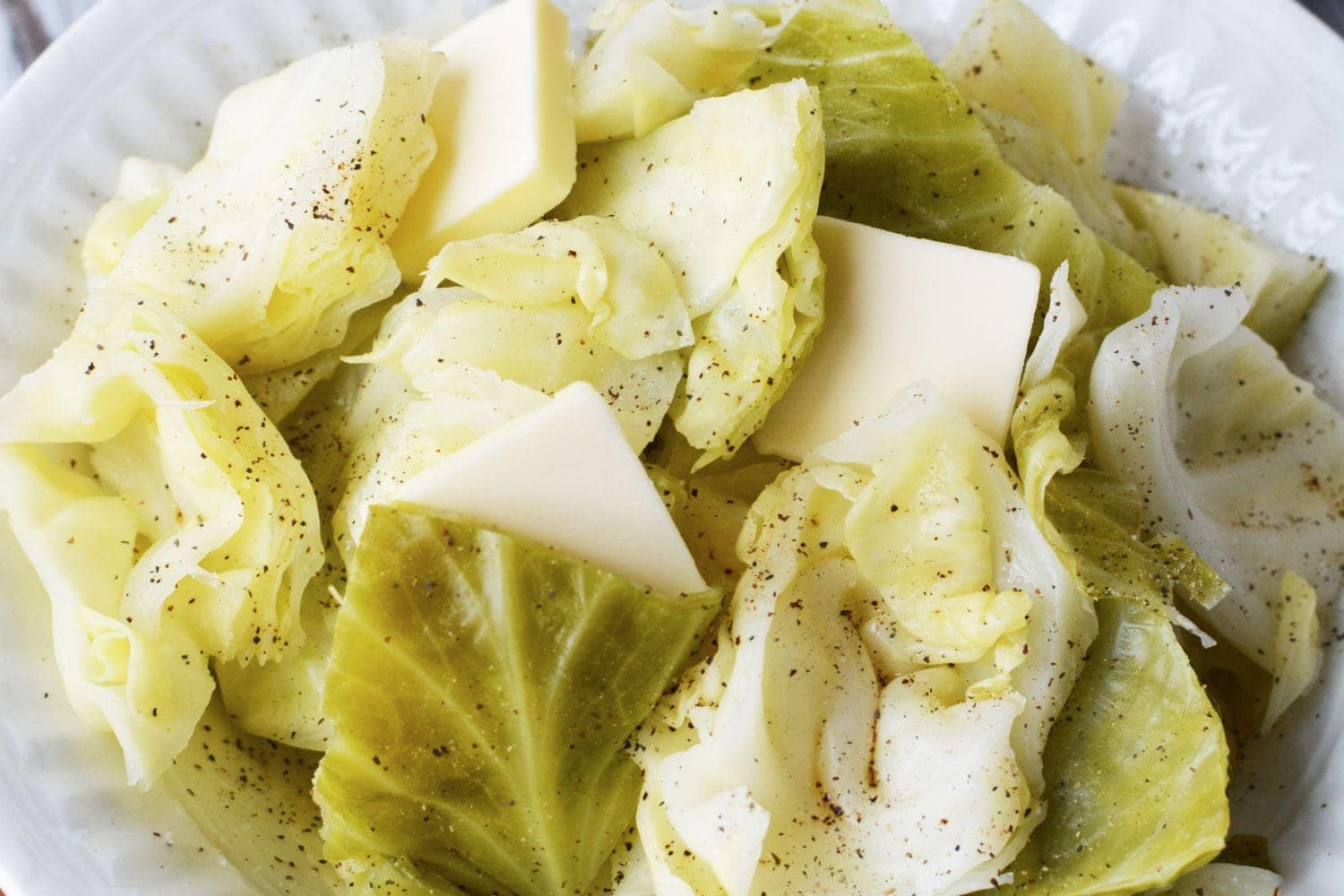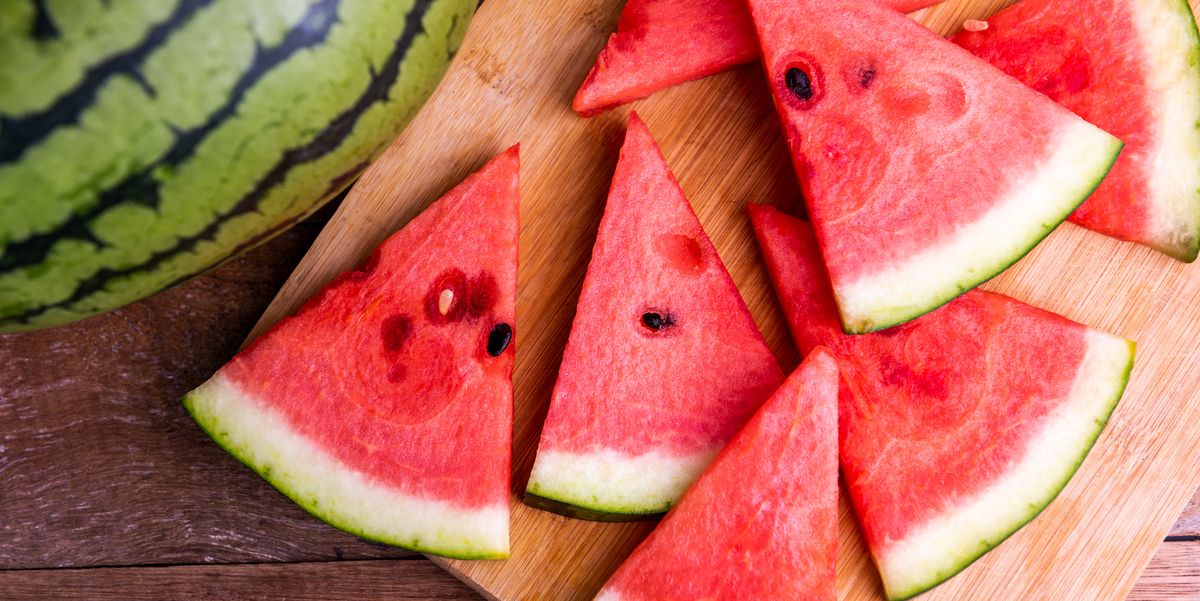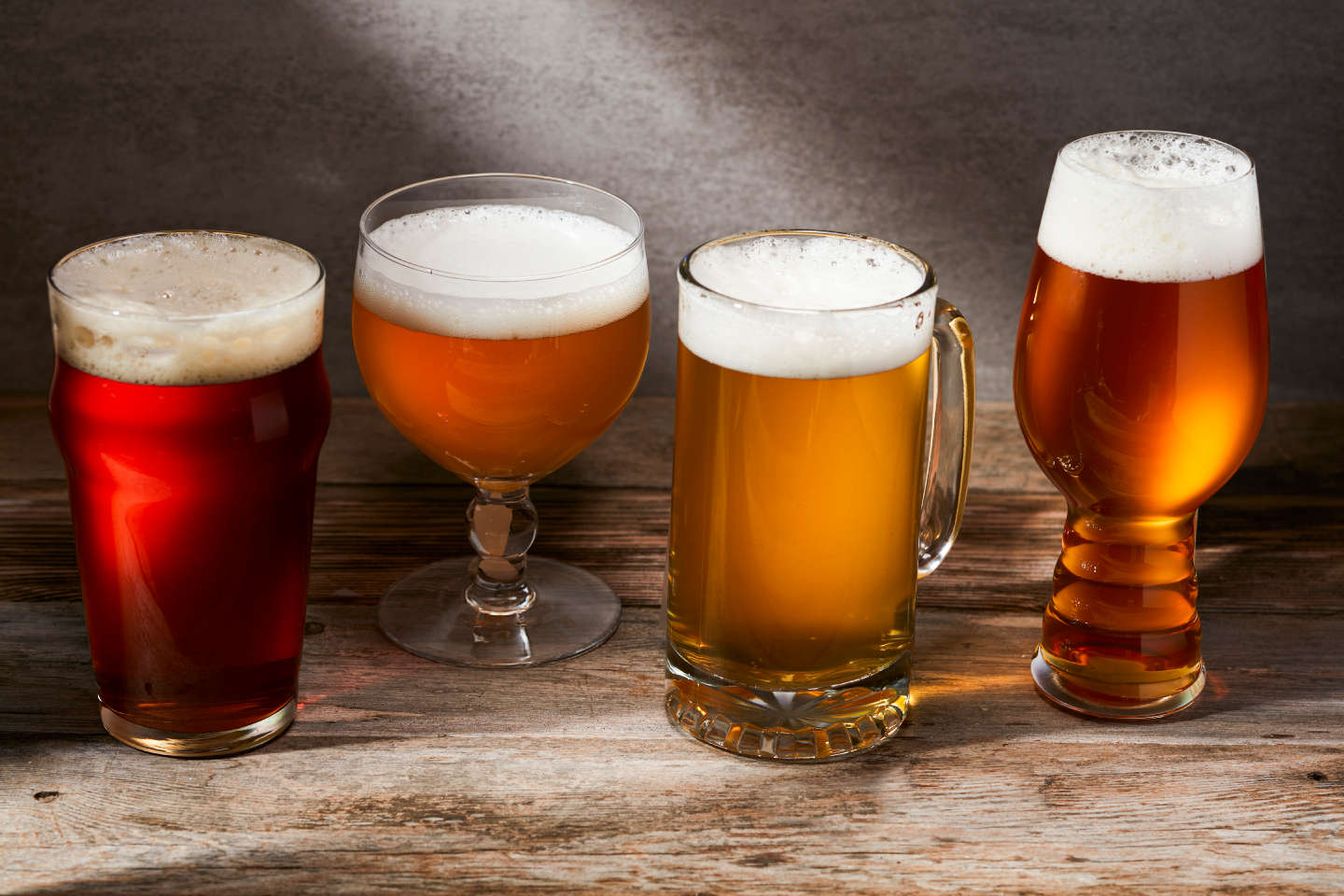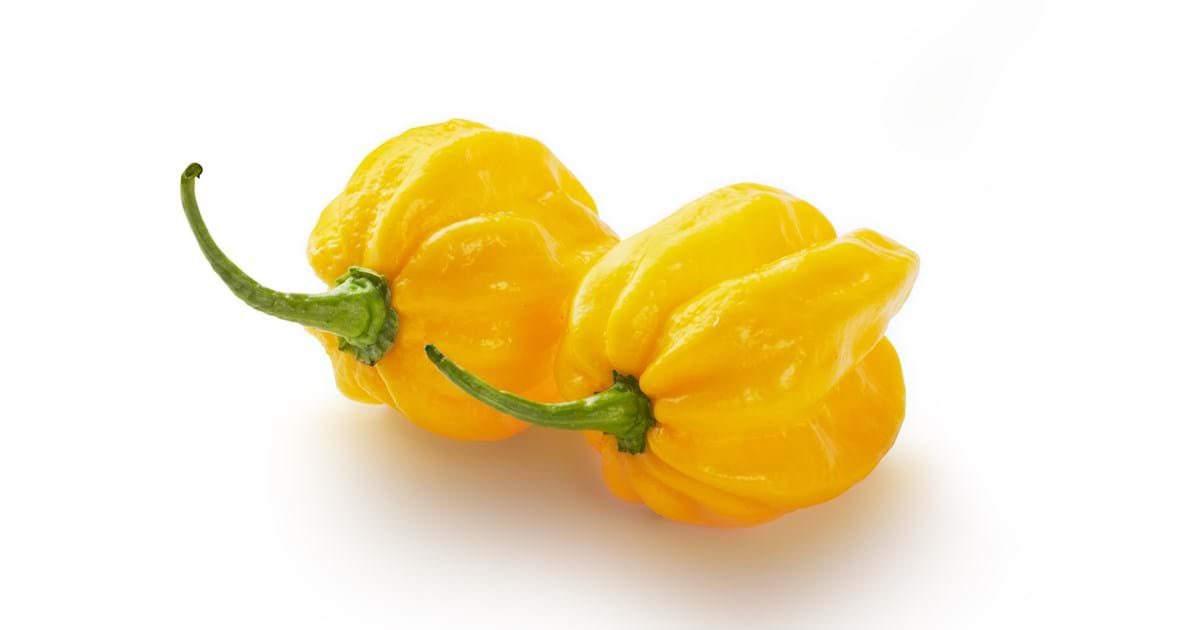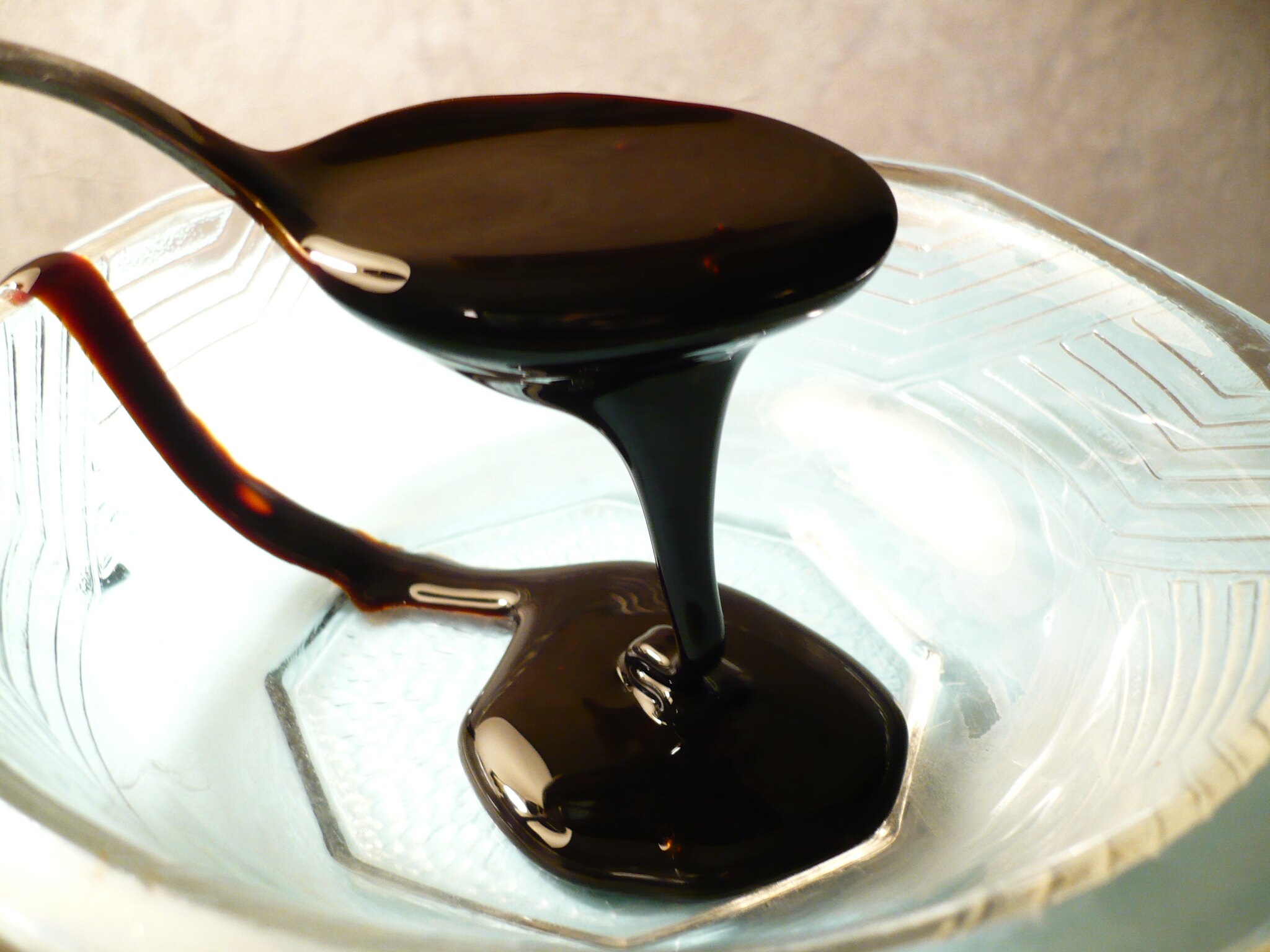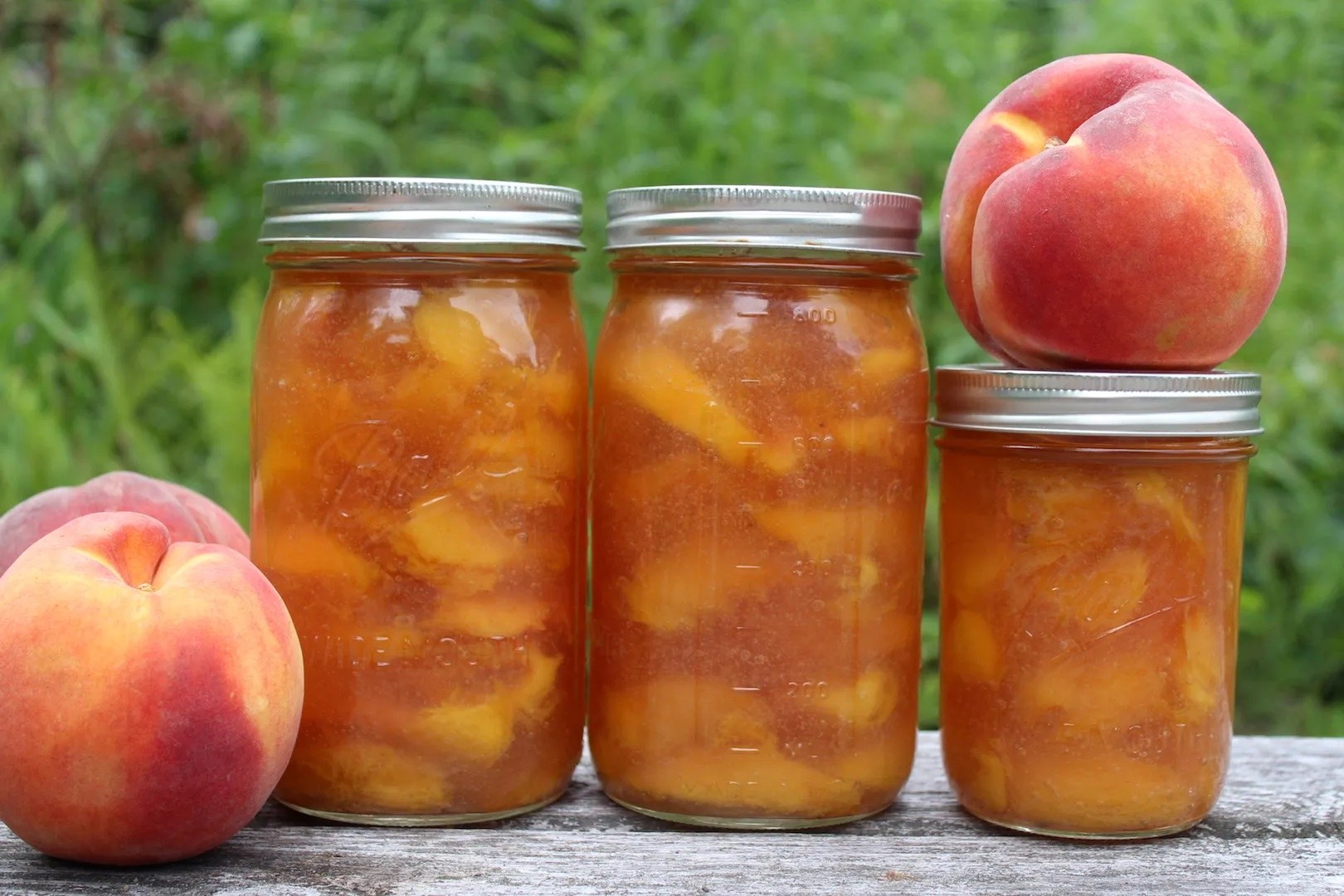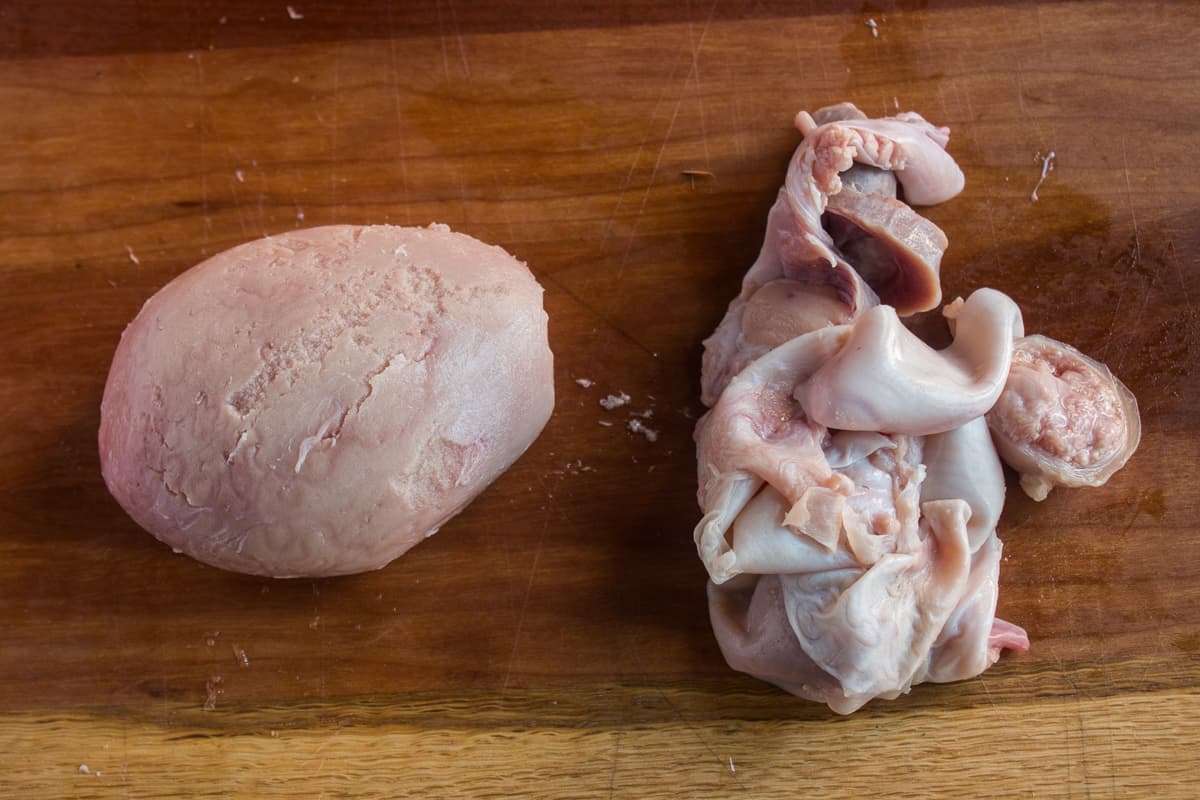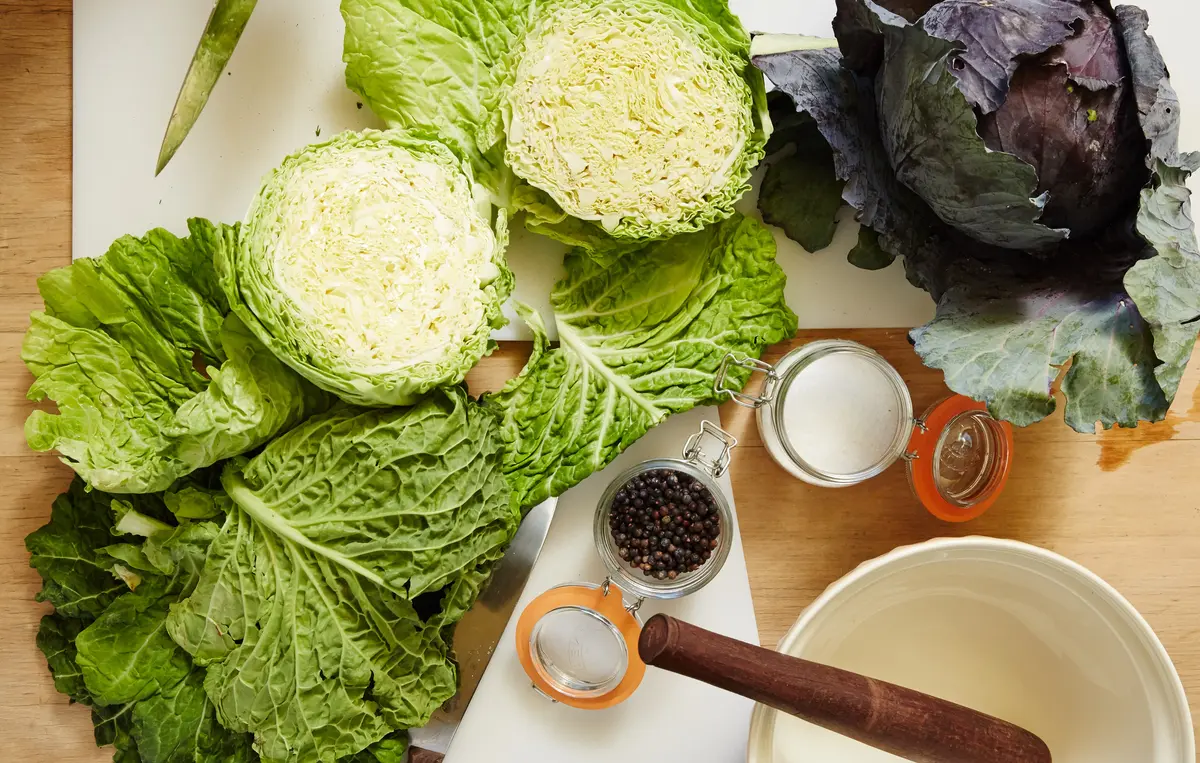What is Blue Agave?
Blue agave is a succulent plant that is native to Mexico and is well-known for being the primary ingredient in tequila production. This plant has large, blue-green leaves that contain a sweet nectar, which is used to make agave syrup and, of course, tequila. But did you know that blue agave can also be fermented to create a variety of delicious products?
The Fermentation Process
Fermentation is a natural process that involves the breakdown of sugars by yeast or bacteria. When it comes to blue agave, the fermentation process is crucial in the production of alcoholic beverages such as pulque and, of course, tequila.
Steps to Ferment Blue Agave
Here’s a simple guide on how to ferment blue agave at home:
- Harvesting: Start by harvesting mature blue agave plants, which are usually around 7-10 years old. The leaves are cut off, leaving behind the piña, or the heart of the plant, which contains the sweet nectar.
- Cooking: The piñas are then baked or steamed to break down the complex carbohydrates into simple sugars. This step is essential for the fermentation process, as it makes the sugars more accessible to the yeast.
- Fermentation: Once the piñas are cooked, they are crushed to extract the sweet juice. This juice is then transferred to fermentation tanks, where yeast is added to kickstart the fermentation process. The yeast consumes the sugars in the juice and produces alcohol as a byproduct.
- Distillation: After the fermentation is complete, the liquid is distilled to separate the alcohol from the impurities, resulting in a clear, potent spirit.
Products of Fermented Blue Agave
There are several products that can be derived from the fermentation of blue agave:
- Tequila: The most well-known product of fermented blue agave, tequila is a distilled spirit that is enjoyed worldwide. There are different types of tequila, including blanco, reposado, and añejo, each with its own unique flavor profile.
- Pulque: This traditional Mexican beverage is made from the fermented sap of the agave plant. It has a slightly sour taste and a low alcohol content, making it a popular choice for those looking for a lighter drink.
- Agave Syrup: Fermented agave juice can also be further processed to create agave syrup, a natural sweetener that is a great alternative to sugar.
Conclusion
Fermenting blue agave is a fascinating process that yields a variety of delicious and versatile products. Whether you’re a fan of tequila, pulque, or agave syrup, understanding the fermentation process can deepen your appreciation for these traditional Mexican treasures.
So, the next time you sip on a margarita or drizzle agave syrup on your pancakes, take a moment to savor the rich history and intricate process behind the fermentation of blue agave.
Was this page helpful?
Read Next: How To Ferment Cattails
